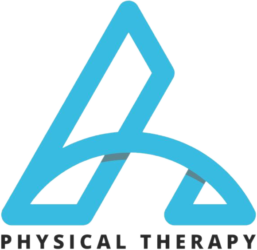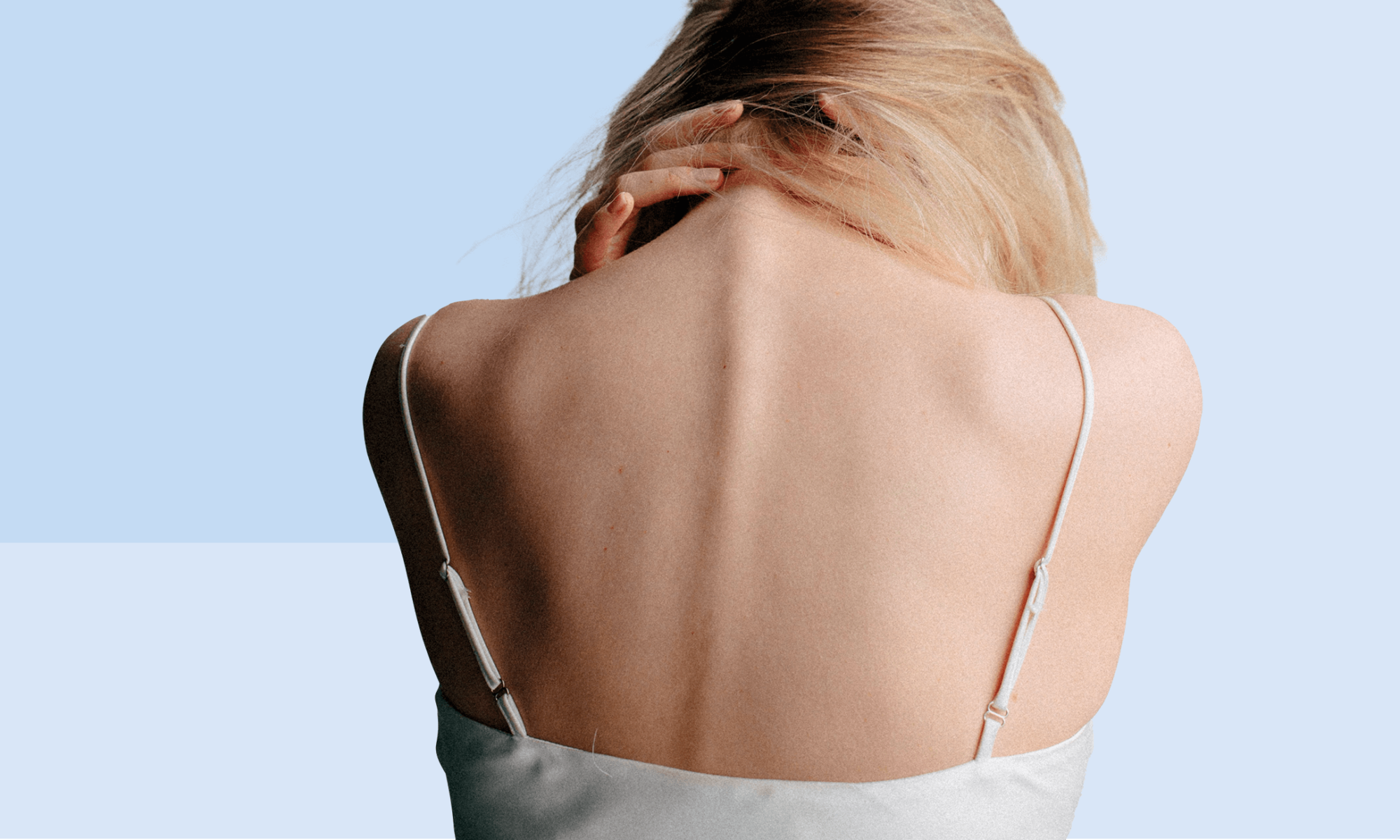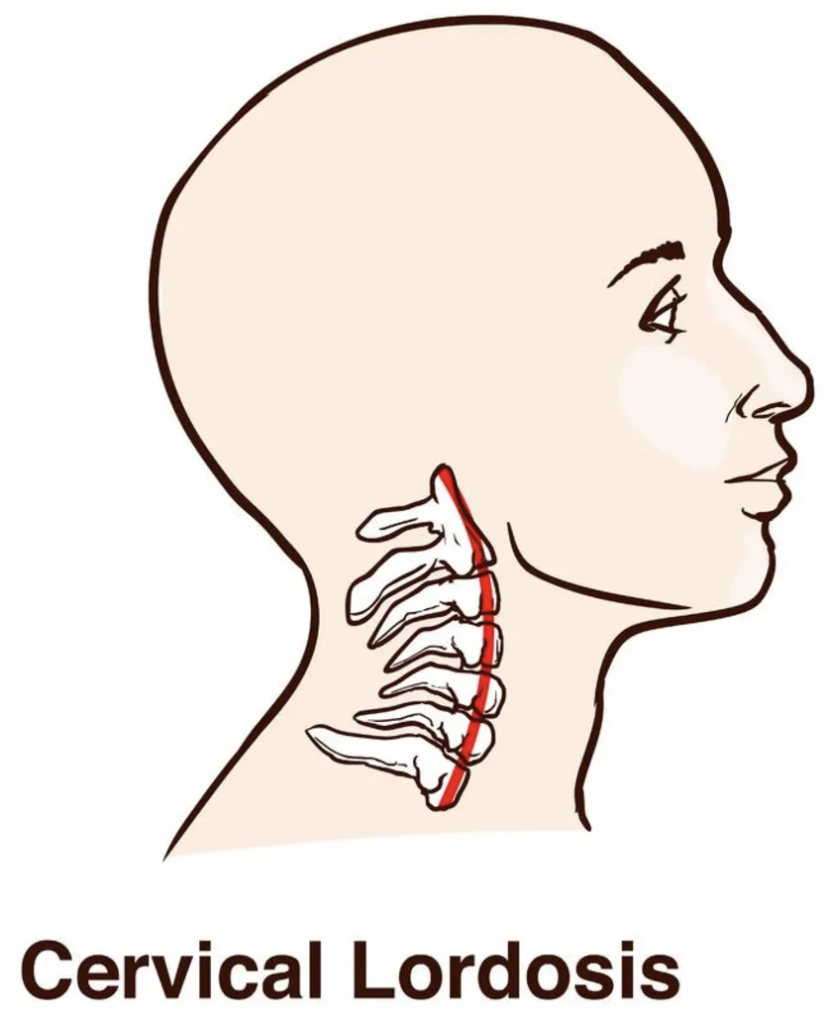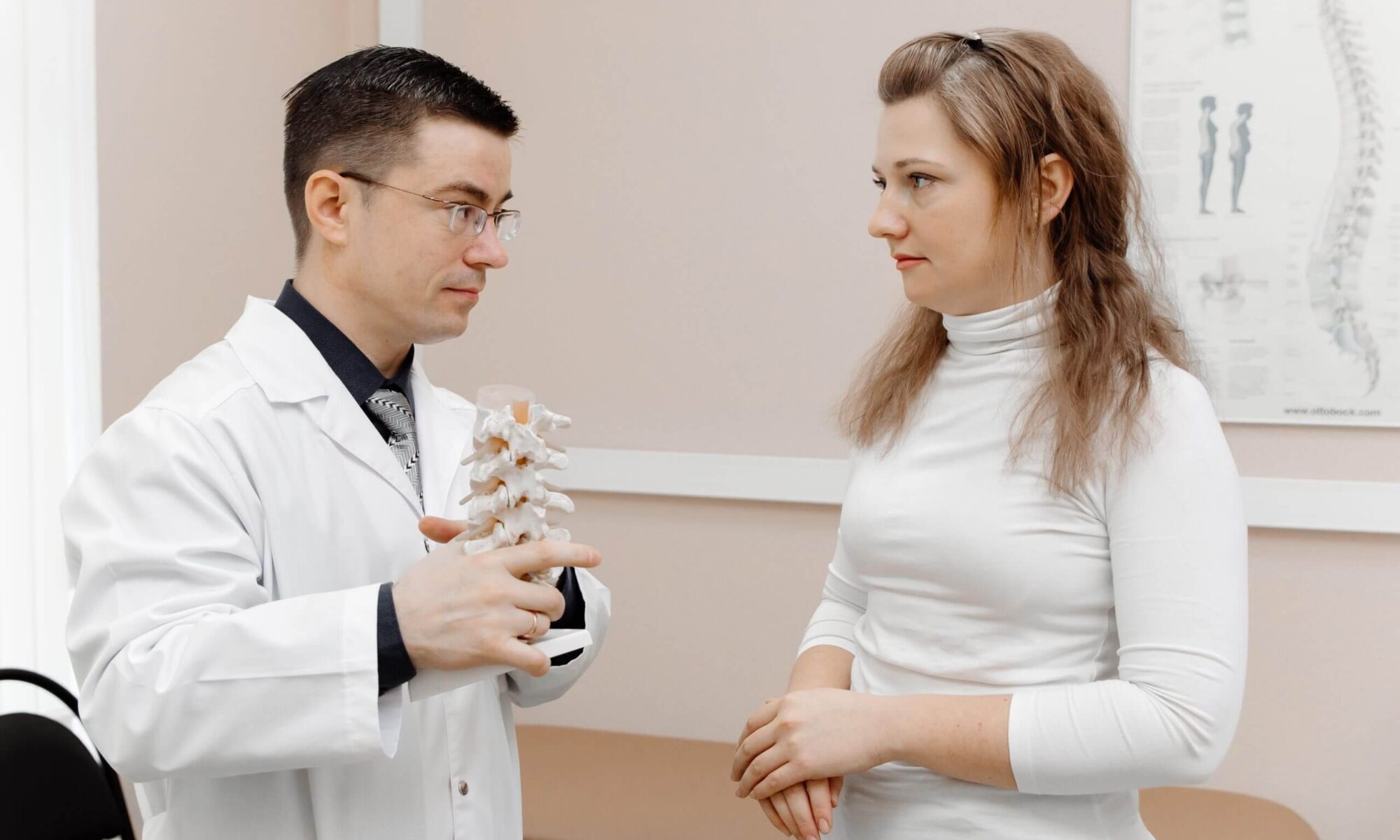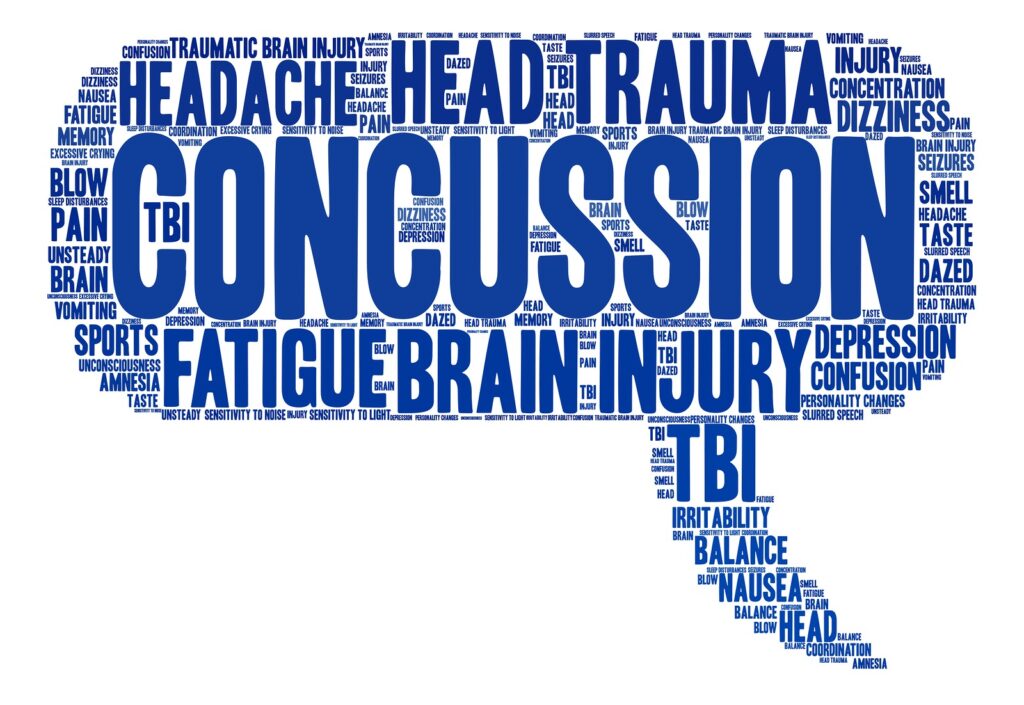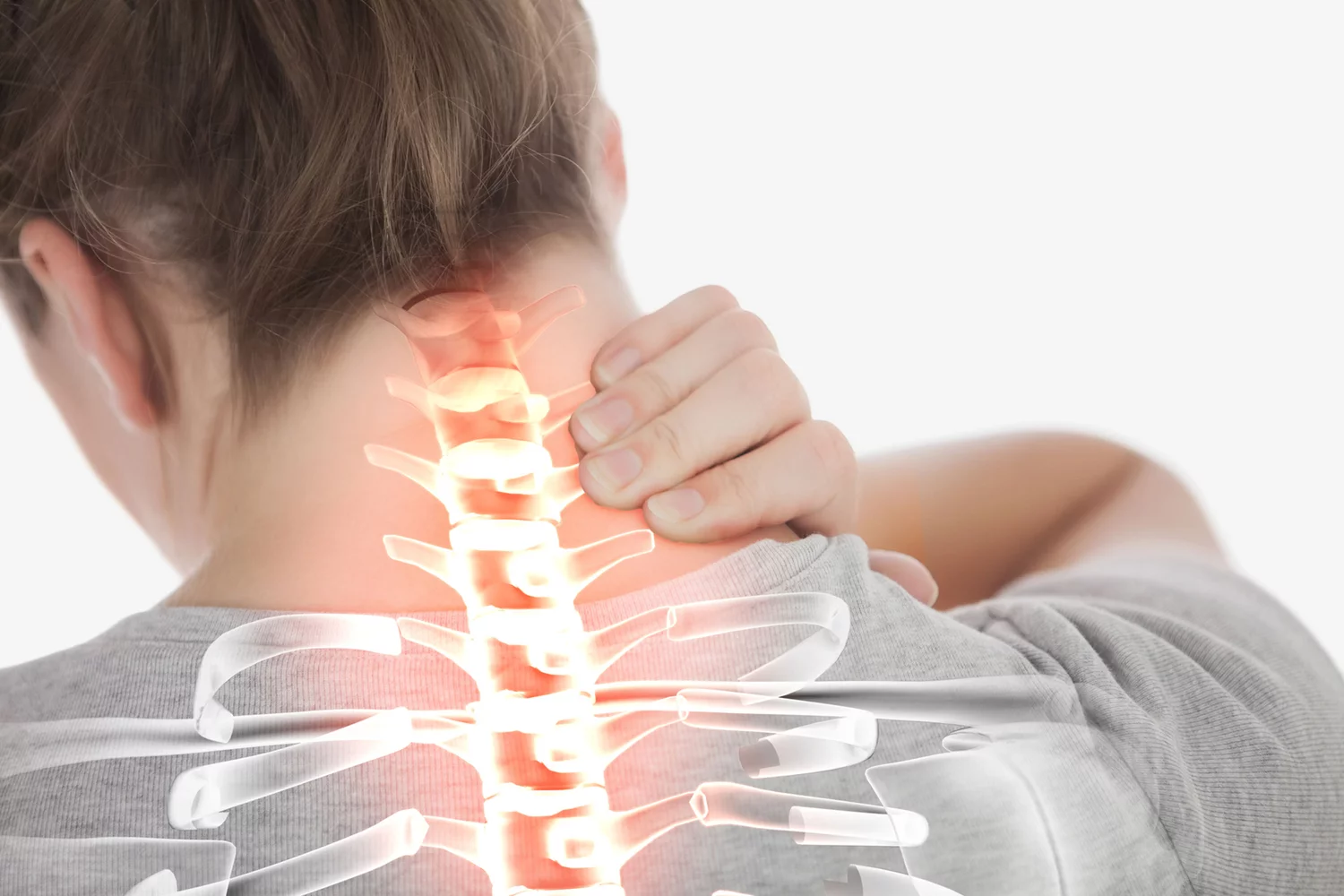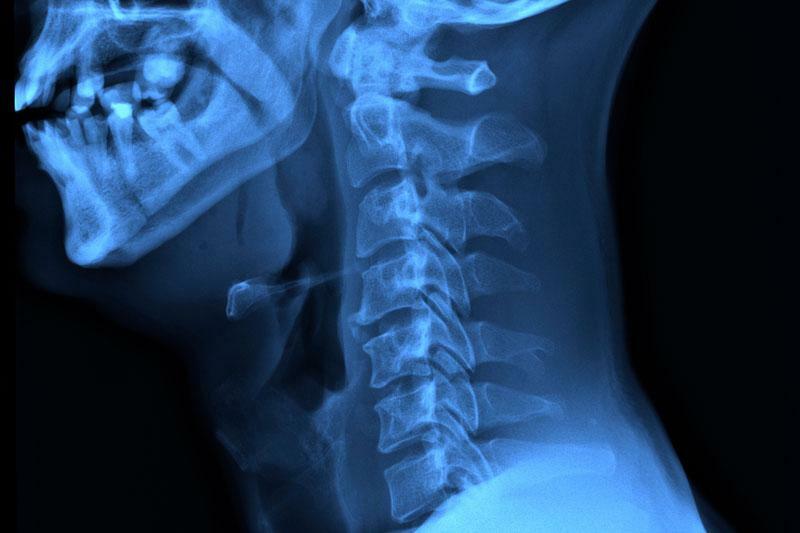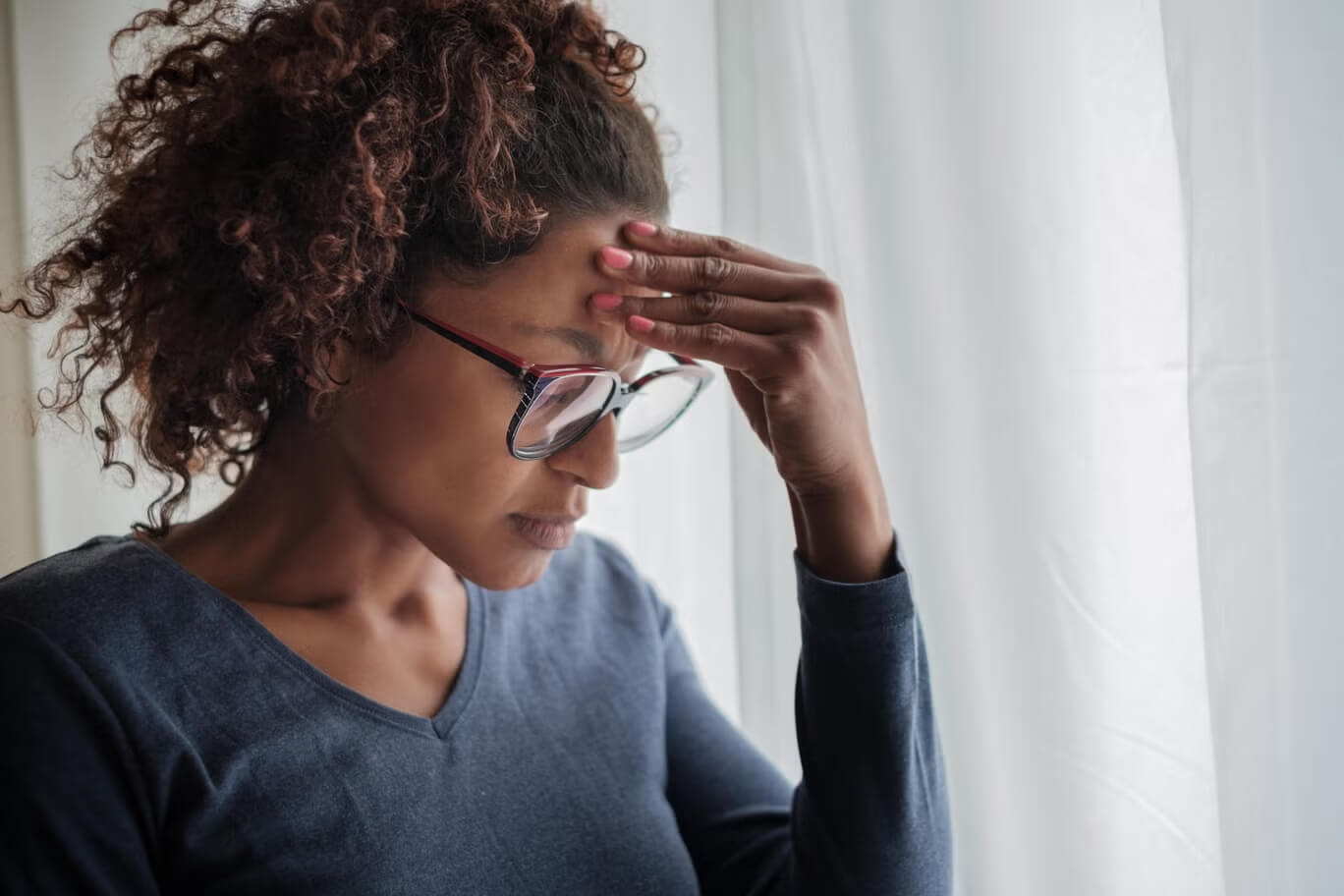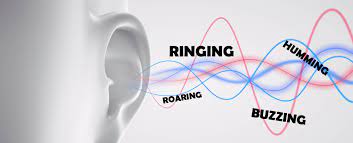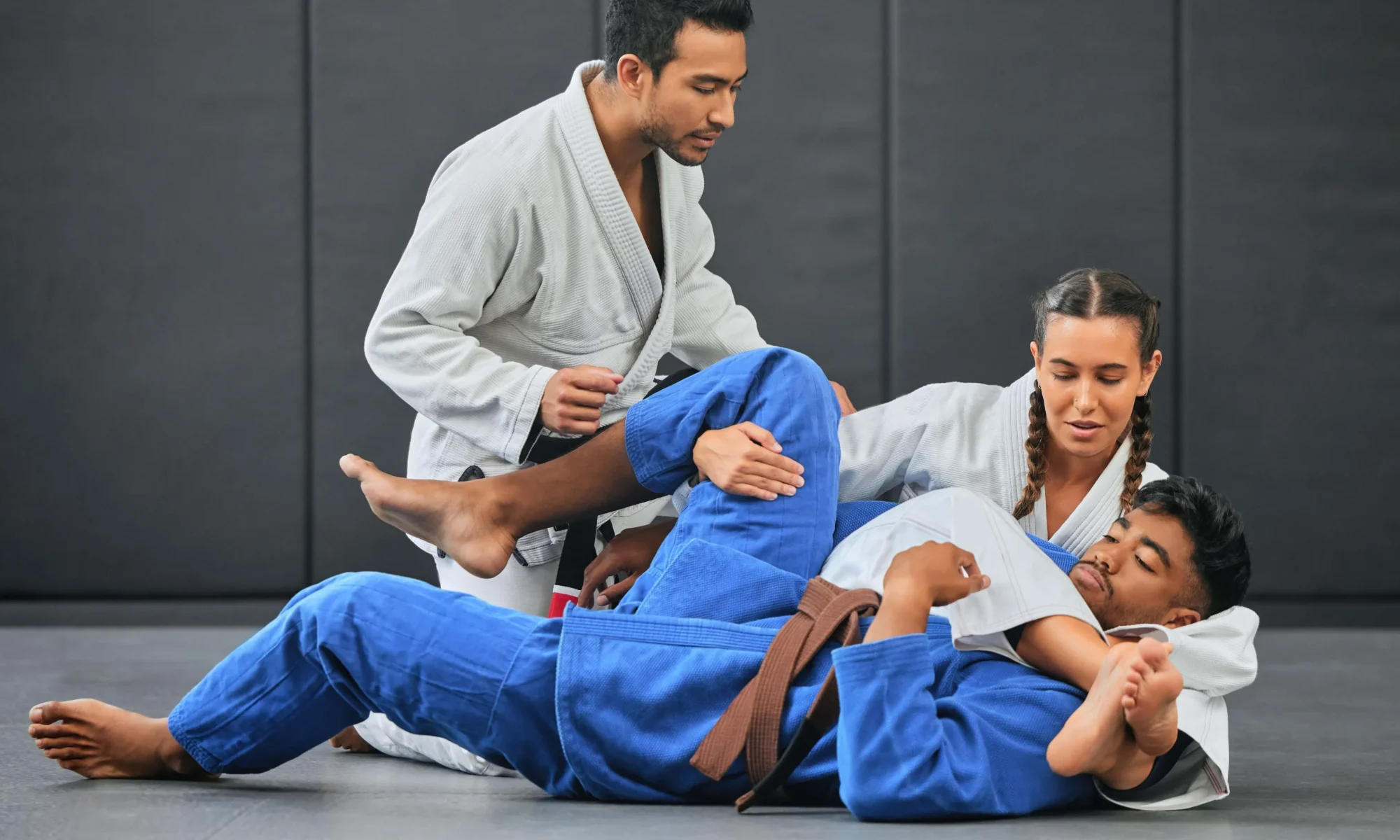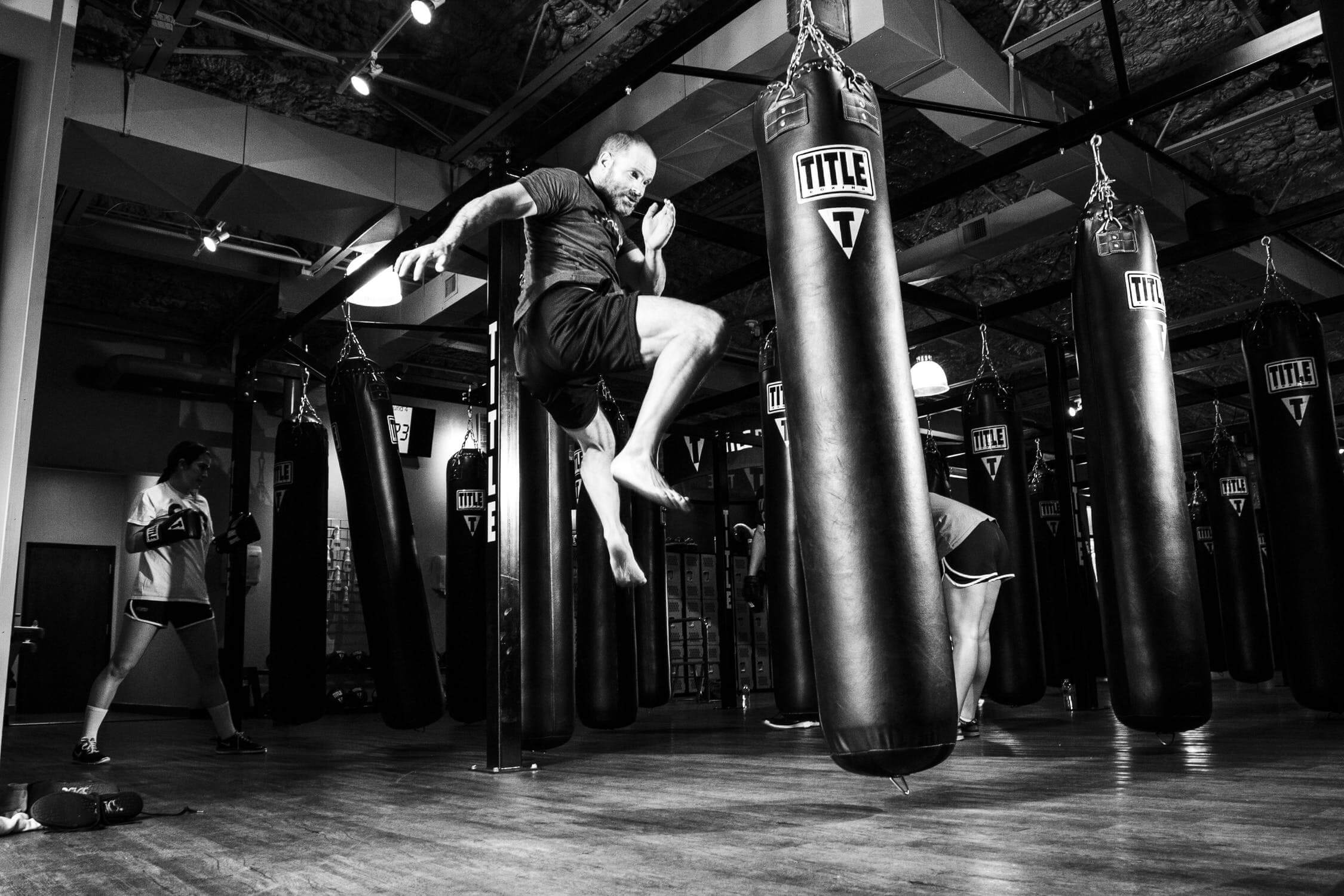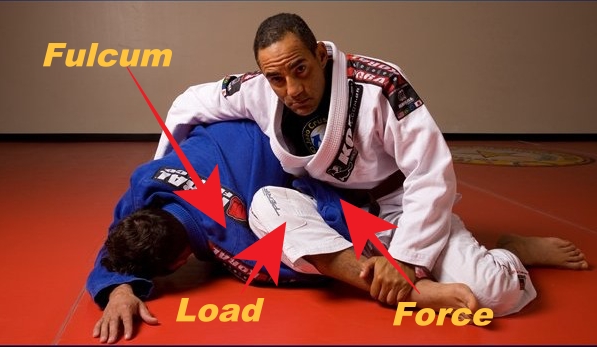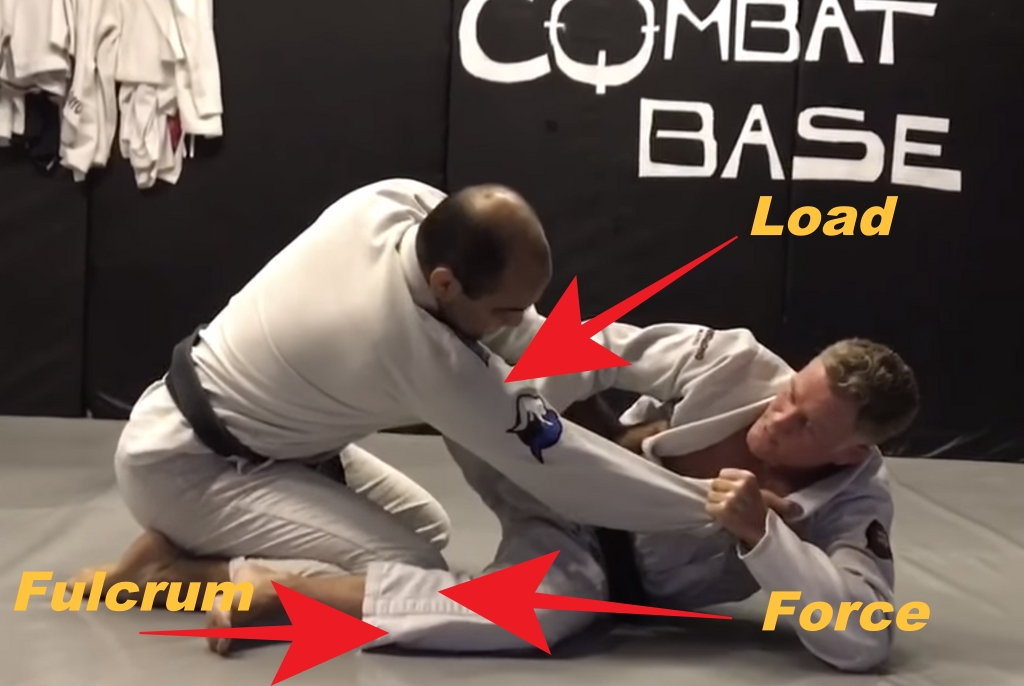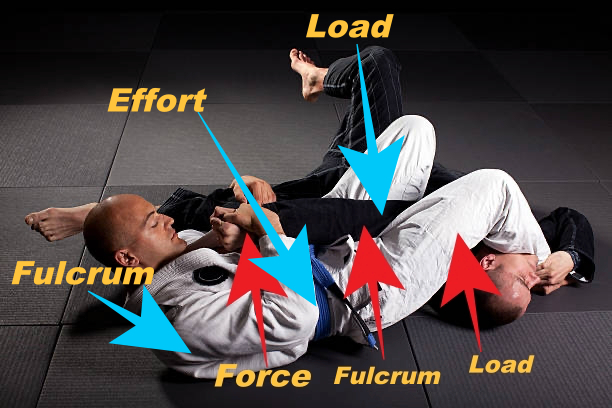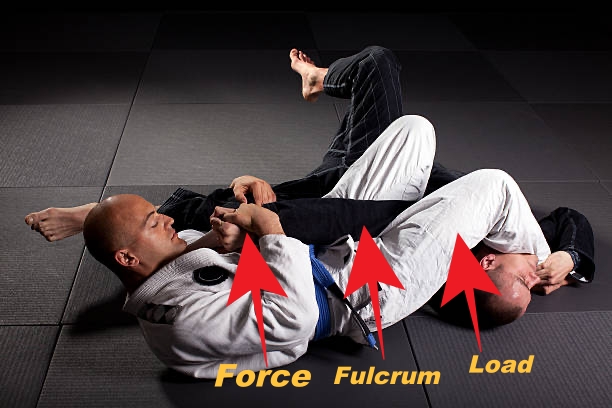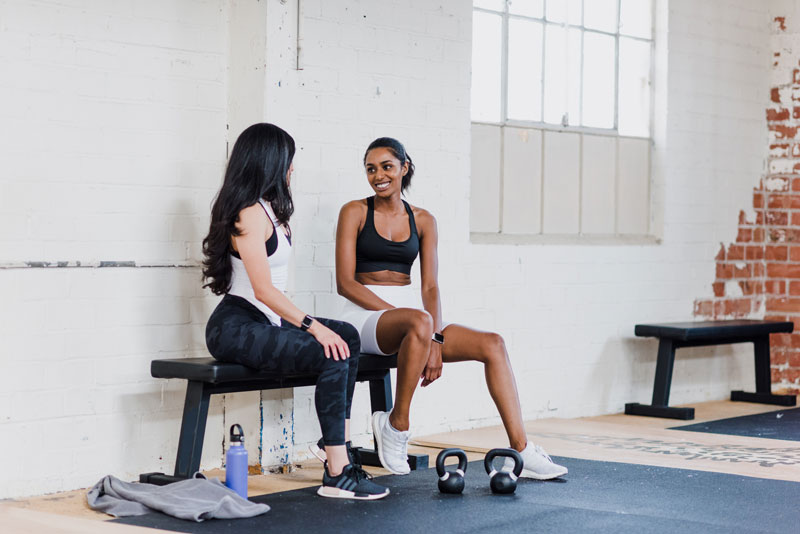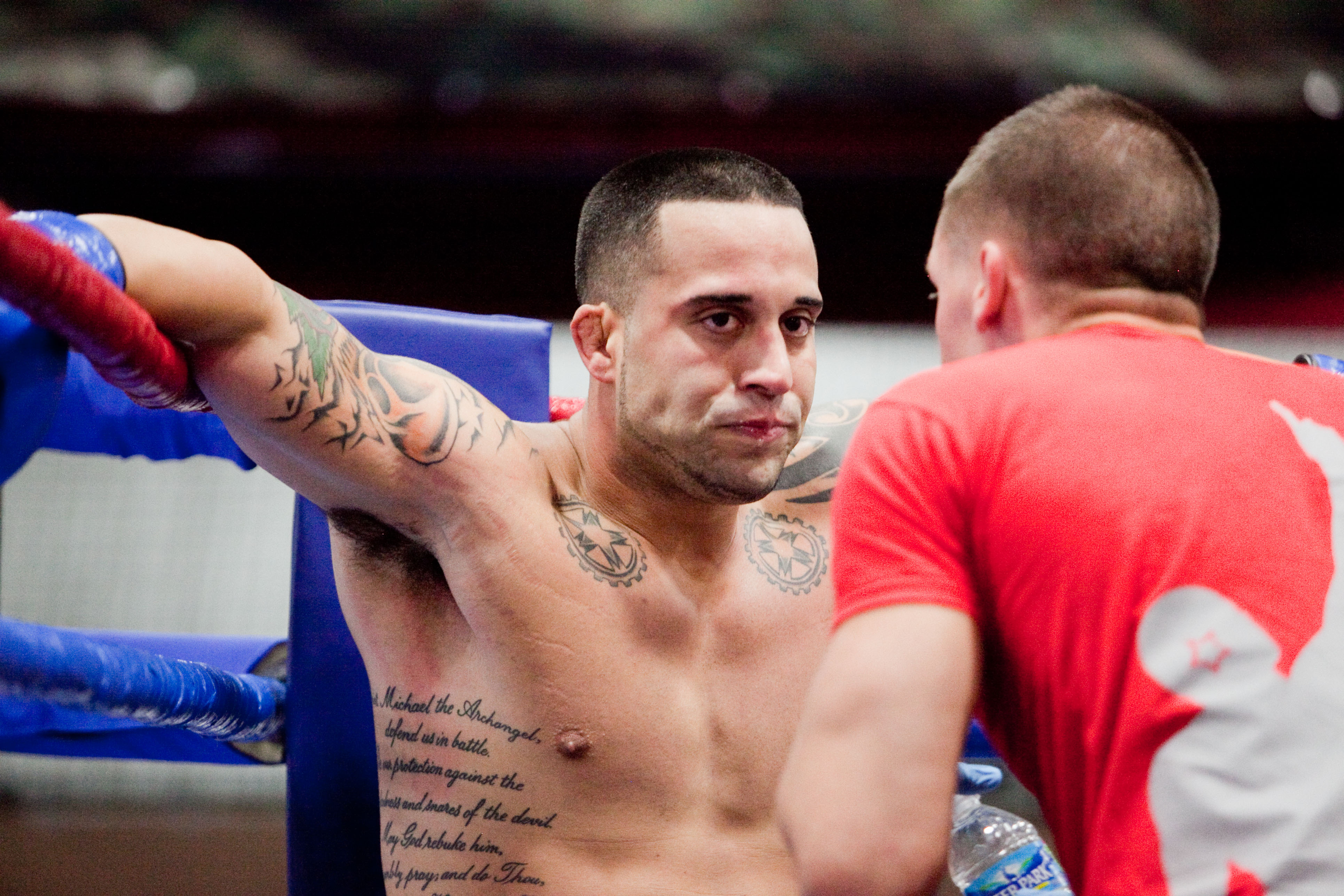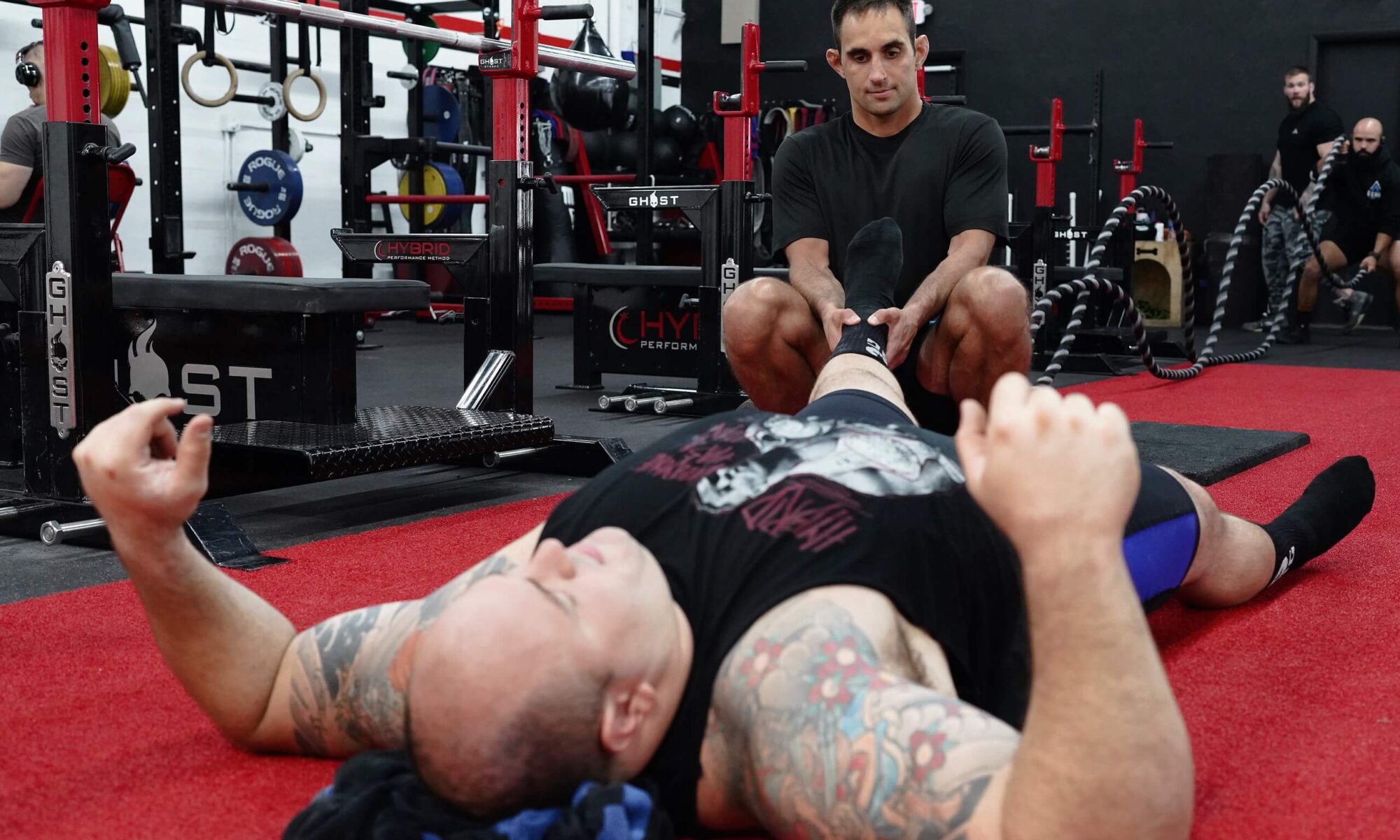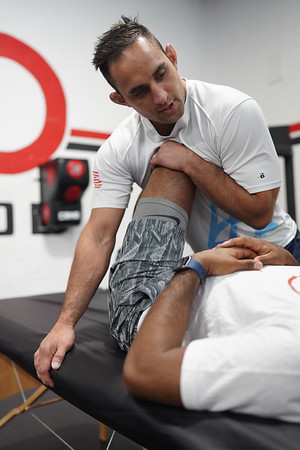
Manipulation vs mobilization for treatment of neck pain
Cervigogenic headache (CGH), or headaches that are present with neck pain, can be successfully treated with exercise and joint manipulations. The treatments are generally safe, effective, and last up to 3 months. A noticeable improvement in headache intensity, duration and overall disability was demonstrated in this study.
Cervicogenic headaches are defined by three criteria
- Unilateral headache at least once/week over the past 2 months
- Neck pain before, during or after the headache
- Pain aggravated by movement or specific postures of the neck

This study recruited 110 people with CGH and divided them into two groups: (1) neck manipulation and (2) joint mobility with exercise. The researchers obtained a baseline of headache frequency, intensity, duration; disability; and medication use. Follow up measurements were taken at 1 week, 4 weeks and 3 months after the intervention.
The findings demonstrated a significant improvement in headache intensity and disability of both groups, with the manipulation group experiencing superior results. At 3 months, 30% of the manipulation group and 4% of the mobilization/exercise group continued to experience complete resolution of symptoms. Neither group reported adverse events, suggesting that the techniques were safe.
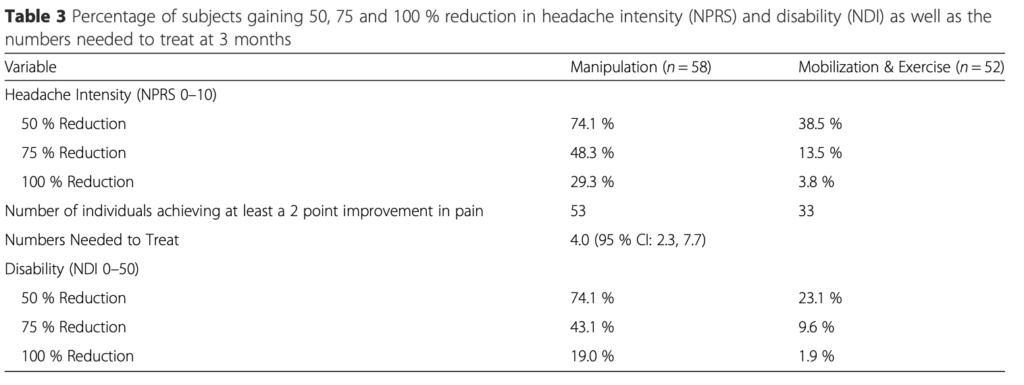
In conclusion, there are safe and effective treatments for CGH that reduce intensity, duration and overall disability. Receiving manipulation in addition to strength training and mobility exercises, appear to have superior results than strength training and mobility alone. These improvements were demonstrated up to 3 months after a course of treatment. In this study, participants received 6-8 sessions over 4 weeks.
